Recently there appeared on eBay the amplifier shown below:
The seller apparently had some familiarity with Hilgen amplifiers. He or she described the amp as a 1965 Hilgen Model B2501 "Basso" Model that had been re-branded as a "Giulietti." The grille cloth, knobs, cabinet design, handle, and the general layout of the faceplate are certainly consistent with the Hilgen line of amplifiers. According to the seller, the amp had a 15" speaker, which may have led him or her to assume that this was one of Hilgen's bass amplifiers.
However, the photograph of the faceplate shows that the amp was equipped with both reverb and tremolo, which was never included on any Hilgen bass amplifier. Hilgen never designated an amp as a "Model S-9" or anything close to that, nor did it make an amplifier that was specifically designed for use by accordionists, as might be a reverb- and tremolo-equipped amplifier with a 15" speaker. The pilot light is one I have seen only on the Model R2024 Challenger, but its faceplate was black. The "Giulietti" logo on the front uses a construction and script design that was commonly employed by the Sano company in the early to mid-1960's, but was never used by Hilgen.
The Giulietti company was best known for producing ornate, high-end accordions. It apparently commissioned accordion amplifiers during the 1950's and 1960's, which amplifiers show design elements highly consistent with their having been made by Sano:
However, the photograph of the faceplate shows that the amp was equipped with both reverb and tremolo, which was never included on any Hilgen bass amplifier. Hilgen never designated an amp as a "Model S-9" or anything close to that, nor did it make an amplifier that was specifically designed for use by accordionists, as might be a reverb- and tremolo-equipped amplifier with a 15" speaker. The pilot light is one I have seen only on the Model R2024 Challenger, but its faceplate was black. The "Giulietti" logo on the front uses a construction and script design that was commonly employed by the Sano company in the early to mid-1960's, but was never used by Hilgen.
The Giulietti company was best known for producing ornate, high-end accordions. It apparently commissioned accordion amplifiers during the 1950's and 1960's, which amplifiers show design elements highly consistent with their having been made by Sano:
If the seller is correct about the amp having been made in 1965, then the best explanations for its appearance are either that Hilgen jobbed that amplifier directly for Giulietti or that Sano subcontracted its manufacture to Hilgen. I have seen no other Hilgen-styled amplifiers bearing the Giulietti logo.
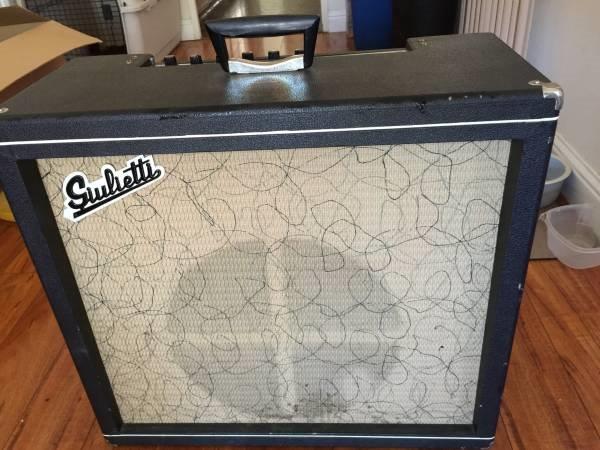
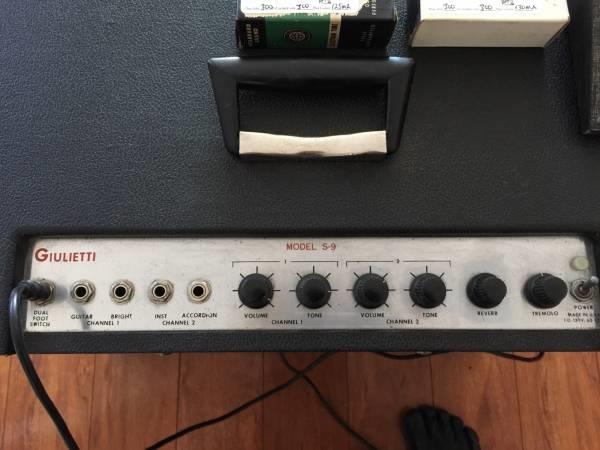
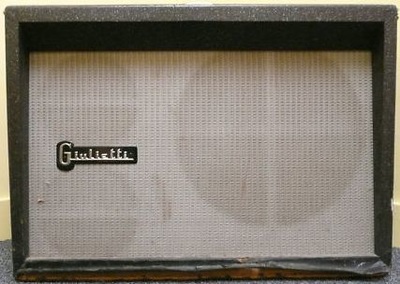
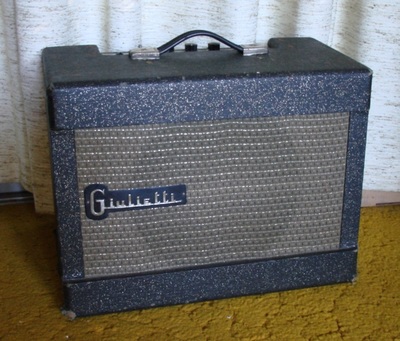
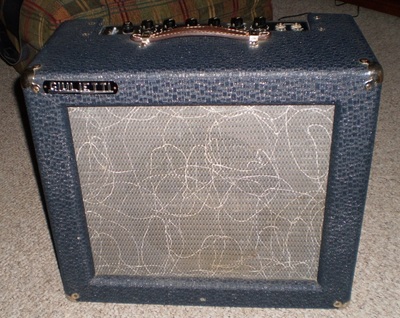
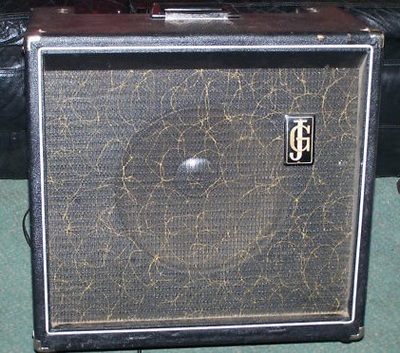
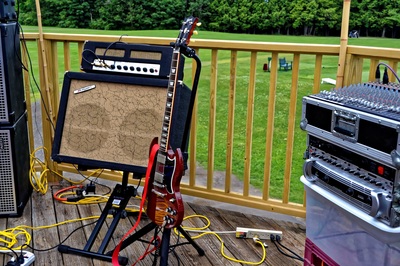
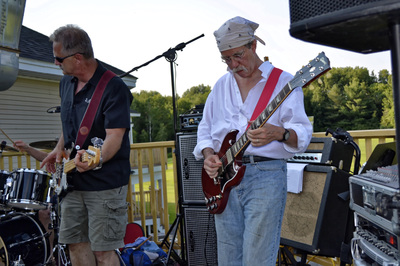

 RSS Feed
RSS Feed